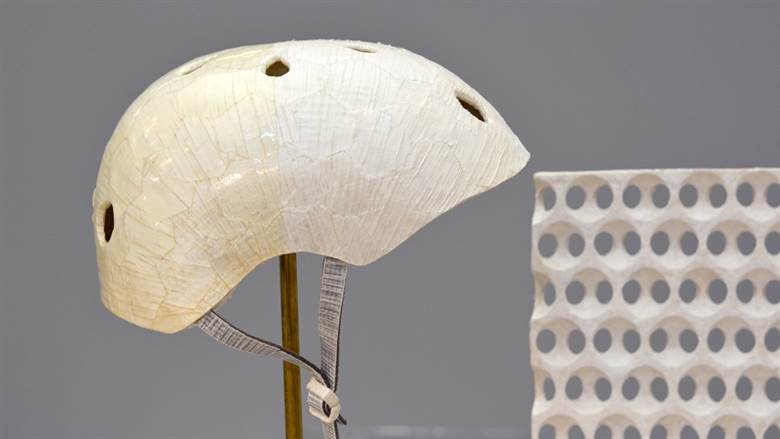Research finds destabilisation renders wood more stable
14/11/2019

Wood – which is lightweight, has mechanical properties, regrows and binds Co2 – is a particularly attractive resource given the world’s current climate debate; something Ingo Burgert’s research group at Empa and ETH Zurich have researched for years.
Burgert said: “We have found a way of significantly improving the mechanical properties of wood and at the same time making it even easier to equip it with new properties.”
Using acid, the team removed the wood’s lignin – the component that ensures the long cellulose fibrils are stable and do not bend – removing its natural adhesive and causing it to lose its colour; resulting in a white cellulose that is flexible when wet and stable when dry.
The material is then compacted by pressing, resulting in a material claimed to be three times stiffer and more tensile than natural spruce. It can also retain its desired shape by the addition of a water-repellent coating that ensures the interior can no longer become damp.
In cooperation with the head of Empa’s functional materials department, Tanja Zimmermann, the team has already created wooden objects, such as handles made of antimicrobial wood, mineralized wood for improved flame resistance or a pin board made of magnetized wood.
The researchers see possible applications of the material in several industries, and designer Meri Zirkelbach has already implemented her first product ideas as part of a master's thesis; with the results including a bicycle helmet, the interior trim of a car door and the side mirror of a vehicle.








